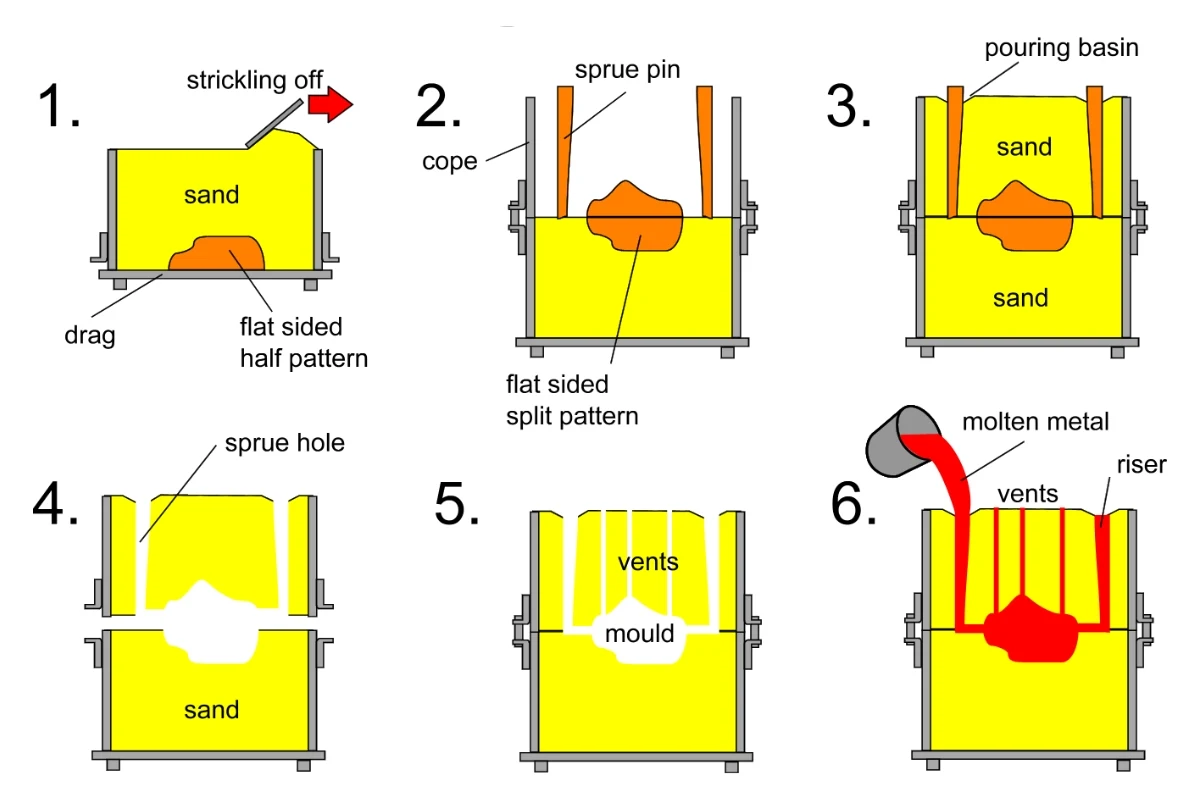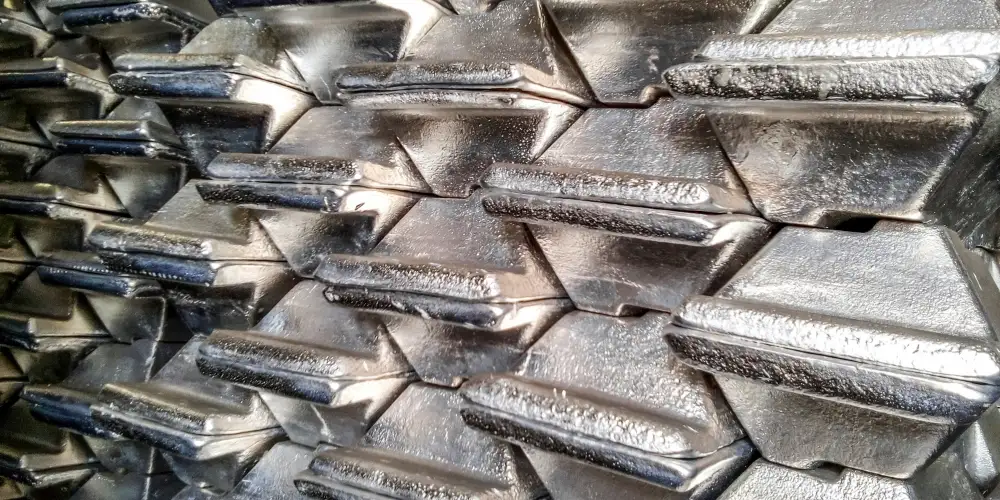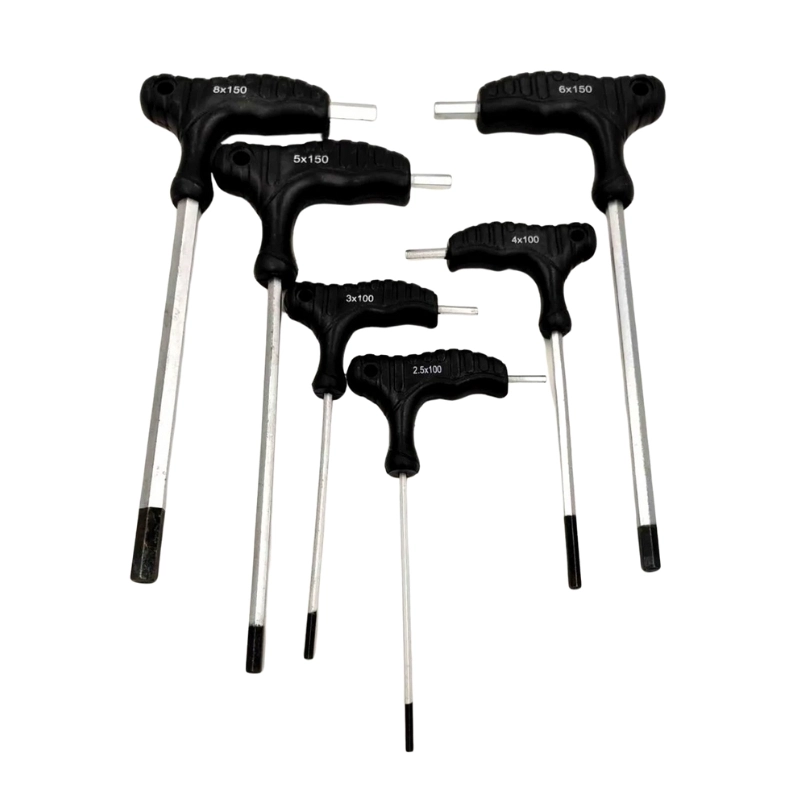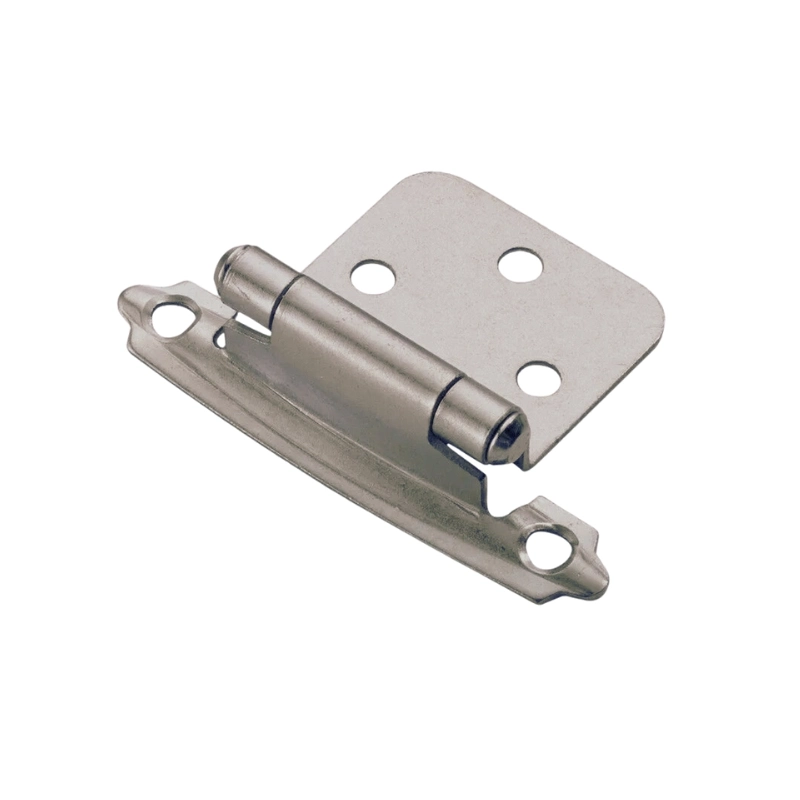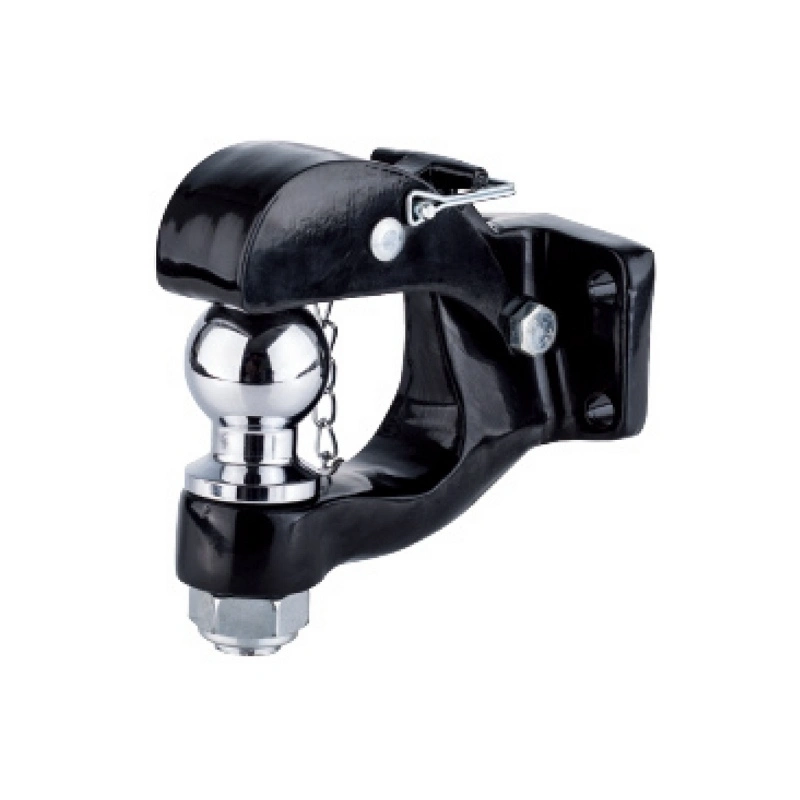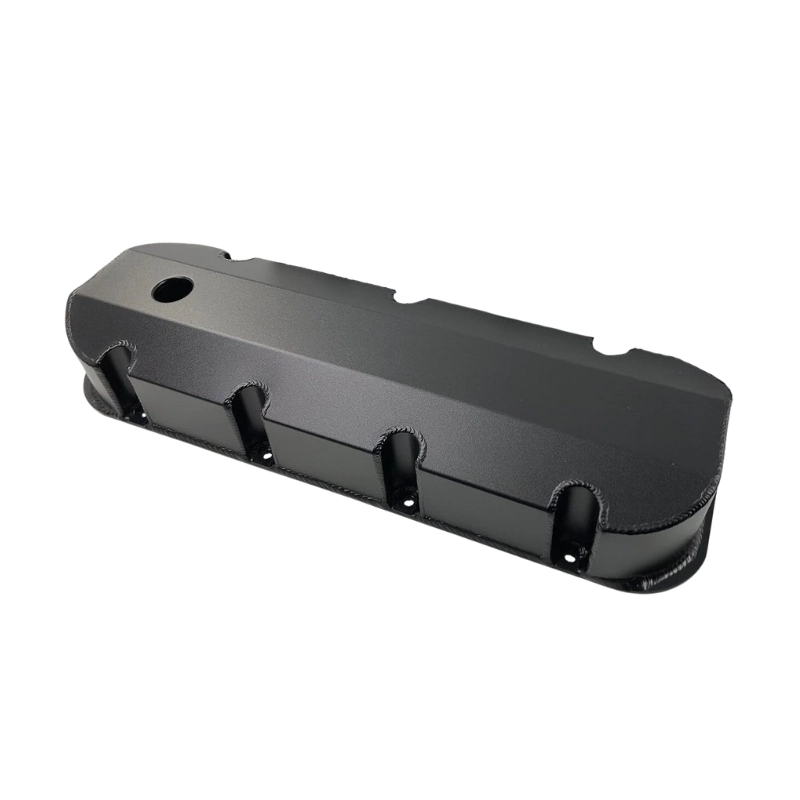Galvanization involves covering steel or iron with a layer of zinc to stop rust from forming. The process dates back to the early 1800s when Stanislas Sorel patented it in 1837. Today, it’s widely used across many industries because it lasts long and protects well against corrosion.
What Is Galvanizing — An Overview
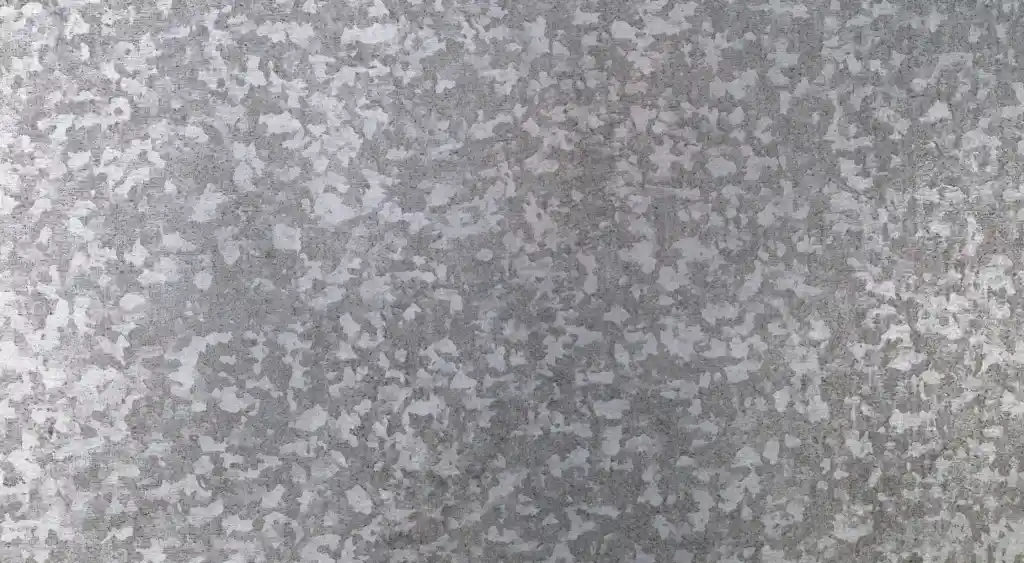

Galvanizing protects steel and iron through different methods:
- Barrier Protection: Firstly, the zinc acts as a barrier or physical shield to protect the material from moisture and air.
- Sacrificial Protection: It also acts as a sacrificial anode, meaning it corrodes preferentially to protect the steel.
- Zinc Carbonate Formation: Lastly, the zinc reacts with oxygen, moisture, and eventually carbon dioxide over time to form a hard coat called zinc carbonate (or more precisely, basic zinc carbonate).
Galvanizing is not the same as simply coating the material with paint, as some may think. While zinc protects in more ways, it is not completely immune to corrosion; it corrodes slowly and sacrificially to protect the underlying steel. Certain environmental factors can still degrade the performance.
Galvanization Methods
Hot‑Dip Galvanizing (HDG)
This method dips the iron or steel into molten zinc, which bonds with the surface and forms a protective layer. It involves the following steps:
- تنظيف: This is to remove all forms of oil and dirt with a caustic solution.
- Pickling: This next step involves putting the metal into acid to remove rust.
- Fluxing: Once pickling is done, the metal goes into a flux solution to stop it from oxidizing before dipping.
- Dipping: The steel is then dipped into a molten zinc bath until the temperature is the same as the bath, which is around 450°C.
- تبريد: The material is then removed and allowed to cool, typically in air, solidifying the coating. (Quenching in water is sometimes used but is not the standard step; cooling is.)
This process creates a metallurgical zinc-iron alloy layer bonded to the steel, covered by an outer layer of pure zinc which, as it solidifies, can develop a shiny, snowflake look called a spangle.
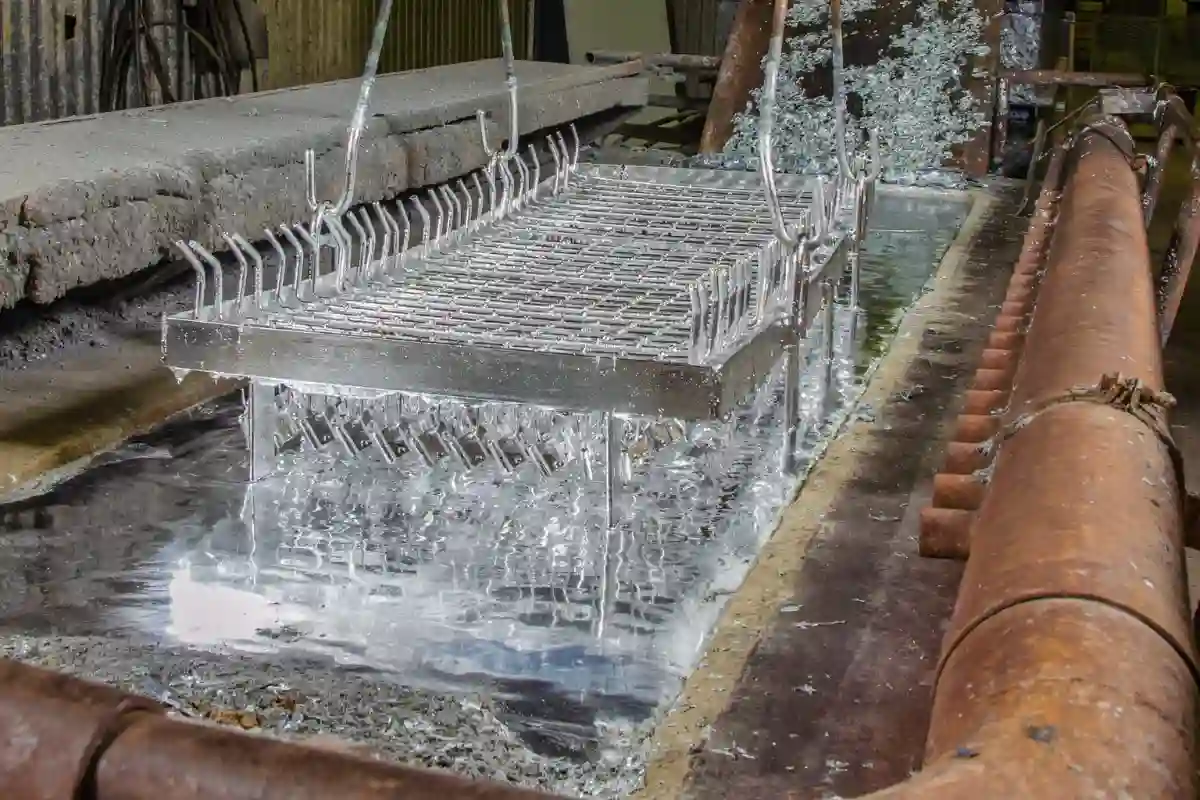

Electro galvanizing
In this method, the iron or steel is placed in a zinc solution, and an electric current is passed through it. This gives a precise and uniform coating, which is usually thinner than the hot-dip method.
It is used a lot in automotive manufacturing, especially for car body panels (like doors) where a smooth, thin coating is needed for painting.


Sherardizing (Thermal Diffusion)
Here, the material is put into a drum with zinc dust. Then, the drum is sealed and heated to very high temperatures. As the temperature rises, the zinc evaporates and diffuses into the steel or iron surface, creating a bonded layer. This method is best for small, complex parts like fasteners and tubes.
Metallic Spraying (Metallizing)
This method involves melting zinc wire and spraying the molten zinc on the material with compressed air. It is mostly used for large structures and on-site repairs.
Galvannealing
This process involves two steps. Firstly, the material goes through the hot-dip galvanizing process, and then it is followed by annealing, which diffuses the zinc into the material to create an iron-zinc alloy coating with a matte appearance. It makes the material very easy to paint, and it is used a lot in the automotive industry.
Applicable Metals & Substrates
Iron & Steel
Galvanization is primarily used to protect iron and steel because they are more prone to rust.
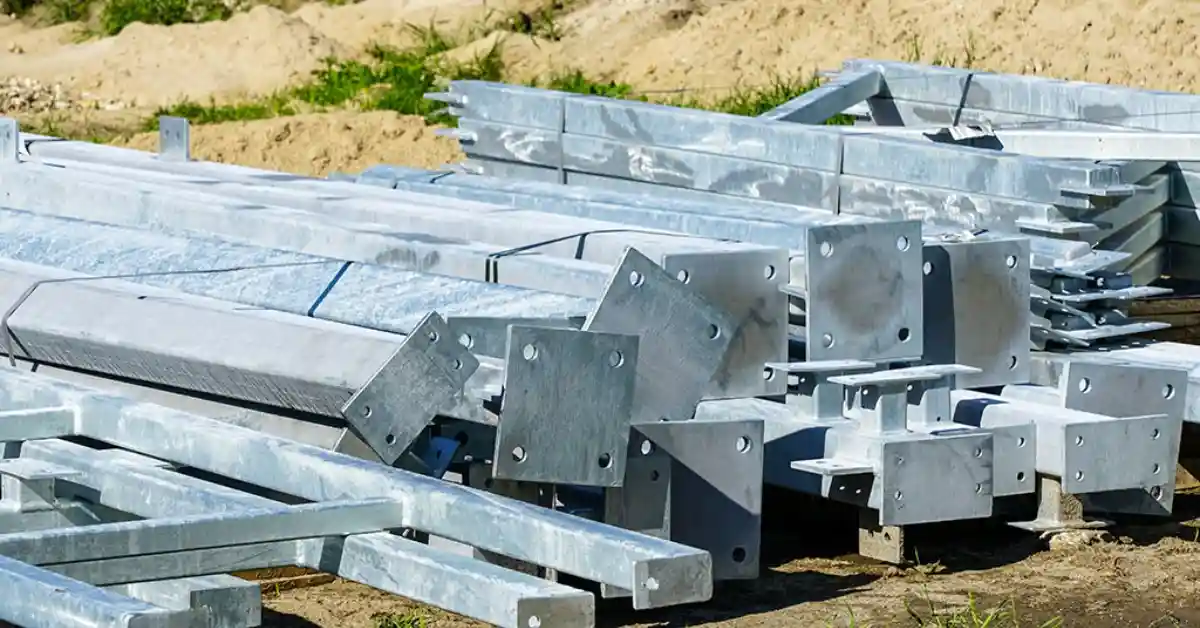

Special Coatings
Zinc can also be used to provide special coatings, such as zinc-aluminum-magnesium alloys, for better durability. Galvannealed steel is used when paint finishes are needed. Bethanization is a patented form of electrogalvanizing used to protect steel with zinc.
Key Uses & Industries
بناء
Galvanized steel is used in buildings to support roofs, stairs, and beams. It can also be used in structures like railings, street signs, and lamp posts.
Infrastructure
Power lines, guard rails, and highway barriers also rely on galvanized materials to provide safety.
السيارات
Many car parts, such as fuel tanks, exhaust pipes, and other underbody parts, are hot-dip galvanized to protect them from road salt. Thinner, electro-galvanized coatings are commonly used for body panels.
Other Sectors
Galvanization is used in other areas, like agriculture, to make animal pens and barns. It is also used in home appliances, such as washing machines, air ducts, and dryers.
مزايا الجلفنة
Corrosion Protection & Sacrificial Security
Zinc creates a strong outer barrier that blocks air and water from reaching the steel or iron. Even if the surface gets scratched, the zinc corrodes first. This sacrificial action helps the steel stay strong underneath, even when the coating is damaged.
Long Lifespan
Galvanized coatings can last for decades. In clean rural areas, it can last up to 50 – 75 years. Even in industrial settings, it still holds up for 20 to 50 years.
صيانة منخفضة
These coatings require simple cleaning once in a while and do not need to be repainted. No tools are needed as well since it is easy to inspect with the eye.
فعالية التكلفة
When it comes to long-term use, it is a more affordable option than using stainless steel. You don’t have to repair it often, which in turn saves money on labor and materials.
Eco-Friendly
By significantly extending the life of steel products, galvanization reduces the amount of steel waste generated through corrosion. The process also uses less energy since zinc is recyclable.
Aesthetic Finishes
The coatings can be spangled, matte, or even painted to make the parts look very nice and suit any decorative needs.
Drawbacks & Limitations
Initial Cost & Equipment Requirements
Setting up a galvanizing facility does not come cheap. Equipment such as hot-dip tanks and heat systems comes with a higher upfront cost.
Environmental & Health Concerns
Some galvanizing processes emit toxic gases, which are not only harmful to the environment, but to workers as well. Some processes also produce sludge and heavy metal waste, which requires proper waste treatment. Because these processes need ventilation systems and waste treatment equipment, it makes it harder to manage in small indoor spaces. The FDA also limits the use of galvanized steel in certain items because zinc can react with acidic foods like tomatoes and oranges.
White Rust Formation
In environments that are damp or have low ventilation, white rust can form, which damages the coating of the material. To prevent this, chromate or passivation treatments should be used.
Temperature Sensitivity
Zinc softens and its corrosion resistance decreases significantly at high heat, around 200°C. When welding galvanized steel, workers must be cautious because the heat causes the zinc coating to vaporize, producing harmful zinc oxide fumes that can cause metal fume fever. Adequate ventilation and respiratory protection are essential.
Poor Performance in Harsh Environments
Galvanized metals don’t perform well in acidic or saltwater environments, which speeds up rust. Galvanic corrosion can also occur when combined with dissimilar metals like copper or brass.
Process Challenges
Some steels, especially those with high silicon and phosphorus content, can cause uneven coatings or make the layer too thick during hot-dip galvanizing.
Best Practices & Maintenance
Proper Surface Preparation & Steel Selection
Always use the right steel and check the Silicon and Phosphorus contents to ensure you end up with better results in hot-dip processes. The surface of the material should also be cleaned properly before coating. This helps the zinc to bond better.
أنظمة دوبلكس
The galvanizing process can be combined with painting, which can help the lifespan of the material last 1.5 to 2.3 times longer than usual.
Passivation Treatments
Passivated parts can handle short-term moisture better, and the treatment helps to prevent white rust. The process forms a thin, invisible layer to protect the zinc, and it can be used in storage warehouses or during shipping.
خاتمة
Galvanization is a long-term investment that gives decades of strength with little maintenance. From structural parts to everyday hardware, protection always matters. If you want performance without stress, let our team help you with our expert guidance for your next project.
اكتشف المزيد مع منشورات مدونتنا.
المشاركات الاخيرة
اكتشف المزيد عن منتجاتنا.
المنتجات الحديثة
اقتباس فوري!


